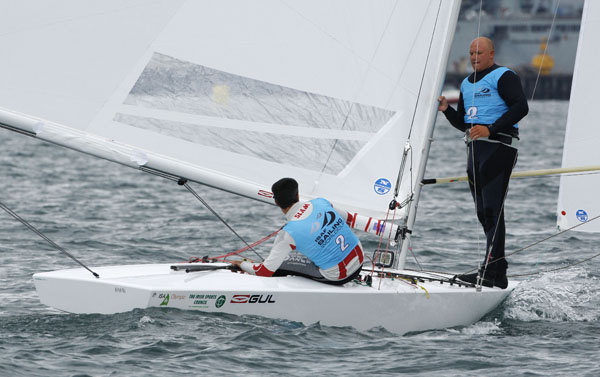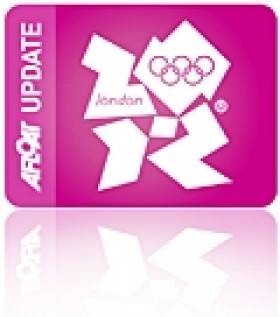Displaying items by tag: Frijtof Kleen
Update: O'Leary and Kleen Win Gold in Weymouth
Peter O'Leary and Frithjof Kleen have won gold for Ireland this afternoon at the Skandia Sail for Gold Regatta. The Irish -German duo left in their wake a string of world champions and Olympic medallists including Torben Grael, Robert Sheidt and the current Olympic Gold Medallists, Britain's Ian Percy and Andrew Simpson.
Dun Laoghaire's Annalise Murphy who raced in the medal race for the Laser Radial class has finished tenth overall. Results HERE.

Australia went home laden with gold after an astonishing week of racing in Weymouth Bay – the 2010 Olympic venue. The Aussies picked up gold in four classes; Nicky Souter, Nina Curtis and Olivia Price in the Women's Match Racing, the Skud-18 was won by Daniel Fitzgibbon and Rachael Cox on Friday, Tom Slingsby took gold in the Laser Men, and Nathan Outteridge and Iain Jensen made up the top quartet with a win in the 49er class.
The French team pushed Australia all the way, with three gold medals – Pierre Leboucher and Vincent Garos won the 470 Men, Charline Picon took gold home in the RS:X Women, and in the 2.4mR, it was Damien Seguin who did the business for France. The Dutch team then edged the home nation out of the gold medal table with wins in two classes, Marit Bouwmeester in the Laser Radial and Udo Hessels, Marcel van de Veen and Mischa Rossen in the Sonar. While Team Skandia GBR were left with a single gold, which was Giles Scott in the Finn. The consolation for the most successful Olympic sailing nation of the last three Olympiads was a hatful of silver and bronze – two silver and four bronze.
The venue, Weymouth and Portland National Sailing Academy is the 2012 Olympic venue and it threw everything at the competitors this week – saving the best for last, with a medal race day that was the best of the British summer; wind, rain, calms and even a little sunshine right at the end. The huge entry of 975 sailors from 57 nations spread across 712 boats in 13 classes will go home having learned to expect the unexpected in August 2012.





























































